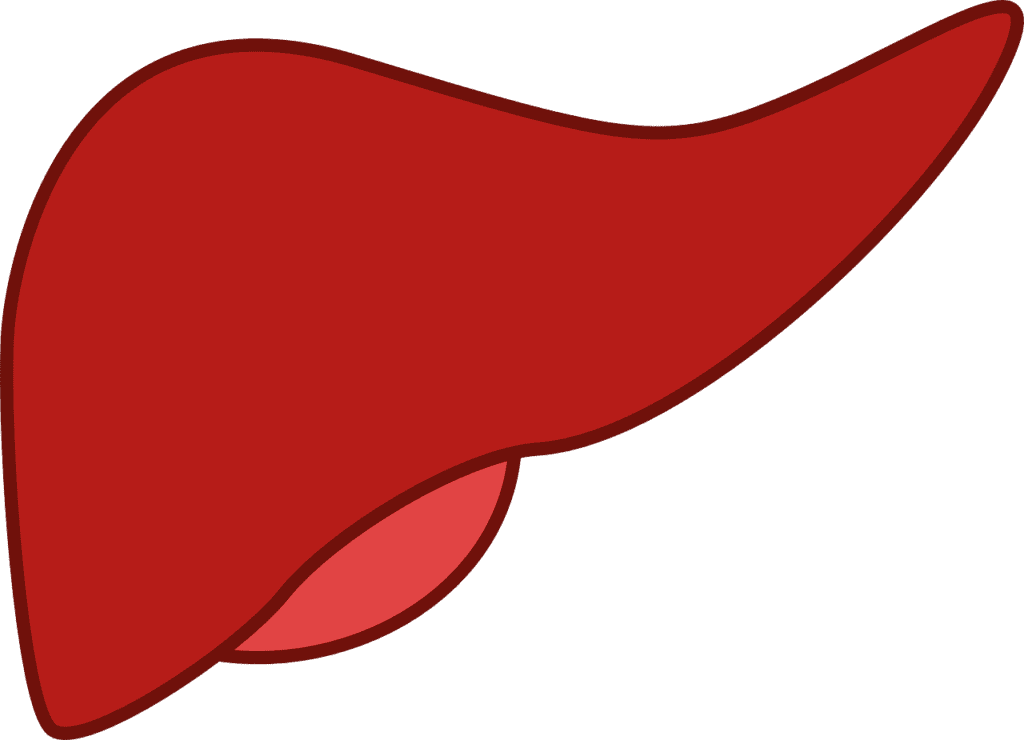by Danielle Bradshaw from In The Cloud Copy
It’s possible for fat to end up stored inside of the liver due to either obesity, diabetes, certain medications, or high cholesterol. When the fat is stored inside the liver without causing injuries, it’s called non-alcoholic fatty liver disease (NAFLD). When the fat causes scars and inflammation on the liver, however, it’s called nonalcoholic steatohepatitis (NASH). Even with testing like this being conducted, there isn’t much known about this particular liver disease.
Conducting the Study
The study consisted of two random, double-blind (the patients weren’t given any information that might influence their test results) clinical trials. To conduct the study, liver biopsies were done on 139 children – comparisons were made with 122 of these samples – who had NAFLD.
74% of them were boys, 71% were Hispanic and 64% of the participants were white. They all had a mean age of 13+3 years and were all between 8 to 17 years of age. The patients were all given a placebo and provided with standardized healthcare recommendations. The testing was started (and performed) within the NASH clinical research network in 2005 and ended in 2015. The researchers observed histologic (microscopic) changes and compared them to the original baseline samples as well as to changes that occurred over the course of the study.
Study Results
At the beginning of the study, there were 31% participants that had confirmed NASH, 34% of children suffered from borderline zone 1 NASH, 13% of the patients were found to have borderline zone 3 NASH, and 21% of them had NAFLD, rather than NASH. As the years during the study passed, 29% of participating children saw their borderline or definite NASH resolve (disappear without discharging pus). On the opposite end of the spectrum, 18% of patient’s borderline NASH/fatty liver eventually progressed into definite NASH.
34% of patients saw their fibrosis improve whereas 23% saw theirs worsen. Cases that advanced into definite NASH or fibrosis occurred in 36% of patients and 11% saw progression to both. 5% of the group developed Type 2 diabetes but 52% had an improvement in either their NASH or fibrosis diagnosis, while 20% saw an improvement in both.
Progressive transitions into NASH and (or) fibrosis were found to be connected to:
- The children’s age (adolescents, in particular)
- How high their waist circumference was
- The levels of aspartate aminotransferase, which is an enzyme found in the liver, heart, kidneys, and muscles; it’s expelled by the liver and muscles when they’re injured.
- Alanine, an amino acid that makes up the majority of proteins
- Total cholesterol, which also includes low-density lipoprotein (LDL or bad cholesterol)
- Hemoglobin A1C
- Gamma-glutamyl transferase (GGT), which is an enzyme that can be found inside of all of the body’s organs with the liver containing the most. This also includes measurements of increased levels of GGT because when the liver is damaged, GGT can be found in elevated levels in the blood. In the case of increased levels of GGT being found, the chances of the patient’s condition improving were lowered.
- Development of type 2 diabetes
Conclusions Drawn from the Study
At the conclusion of the placebo trials, ⅓ of the participating children with NAFLD displayed signs of progression in the span of 2 years with said progression being connected to a loss of glucose equilibrium, an increase in obesity, and levels of aminotransferases.
Learn more about this here.







